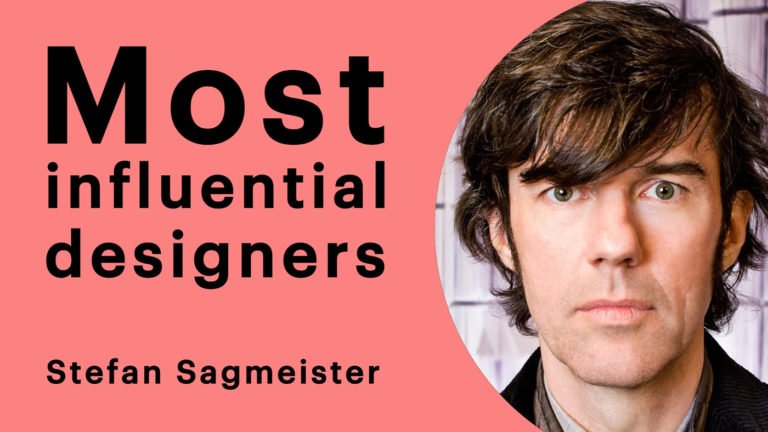Most influential designers #8 Shepard Fairey

Long before ‘graphic design’ became the common term used for someone who created pieces of visual work to sell a product or advertise an event or service the term ‘commercial artist’ was used. Today the words ‘commercial’ and ‘art’ imply entirely different meanings but when we stop and think about it, should they?
“The real message behind most of my work is ‘question everything.”
Shepard Fairey
His story is that of a true artist, son of typically conservative American ‘prom queen’ and ‘captain of the football team’, he rebelled at a young age, got into punk rock and skateboarding and entered into an art form that, quite typical, perspective. His success with Obey and the Adre the Giant street-art sticker was one of surprise, even to himself, he said:
“At first I was only thinking about the response from my clique of art school and skateboard friends. The fact that a larger segment of the public would not only notice, but investigate, the unexplained appearance of the stickers was something I had not contemplated. When I started to see reactions and consider the sociological forces at work surrounding the use of public space and the insertion of a very eye-catching but ambiguous image, I began to think there was the potential to create a phenomenon.”
This phenomenon which Shephard regularly relates to Heidegger’s theory of phenomenology is one that I like to think of as a reinterpreted narrative, almost a reminder from the history of the roots of commercial art and graphic design.
Fairey discovered that repeating an image all around New York City generated a public effect, this, a simple piece of street art, at the time caused people to question its meaning and ultimately caused enough appeal to lay the foundations of a hugely successful clothing brand.
What had originally been a piece of street art has become an unintentional campaign for commercial success. Just as artists in the late 1800′s had discovered how their craft, their skills could be turned into a more communicative and commercial cause.
“The sticker has no meaning but exists only to cause people to react, to contemplate and search for meaning in the sticker.”
Shepard Fairey
Interestingly, Shephard repeated his artistic experiment in the theory of phenomenology again later in his career. A strong supporter of the Democratic party and subsequently Barack Obama’s presidential campaign, Shephard created a piece of street art to be pasted upon walls, stuck to street signs and repeated all over the internet which supported Obama’s cause. The campaign was not initiated by Obama nor his party but it was a huge success for which, the former president of the United States thanked Shepard Fairey:
“I would like to thank you for using your talent in support of my campaign. The political messages involved in your work have encouraged Americans to believe they can change the status quo. Your images have a profound effect on people, whether seen in a gallery or on a stop sign. I am privileged to be a part of your artwork and proud to have your support. I wish you continued success and creativity.”
Barack Obama, February 22, 2008
After hearing all of that, it’s not at all difficult to understand why Shepard Fairey has been named the 8th most inspirational graphic designer working today.

Shepard Fairey and his work are genuinely inspirational both in their style and application. There are a lot of quick-to-the-trigger internet types who will dismiss the value of his work, mocking Obey and its fan base. These people simply do not realise how the simple hard work of one idea has accumulated so much success and how that message is essentially a philosophy by which most could live by and significantly improve their lives…question everything.


